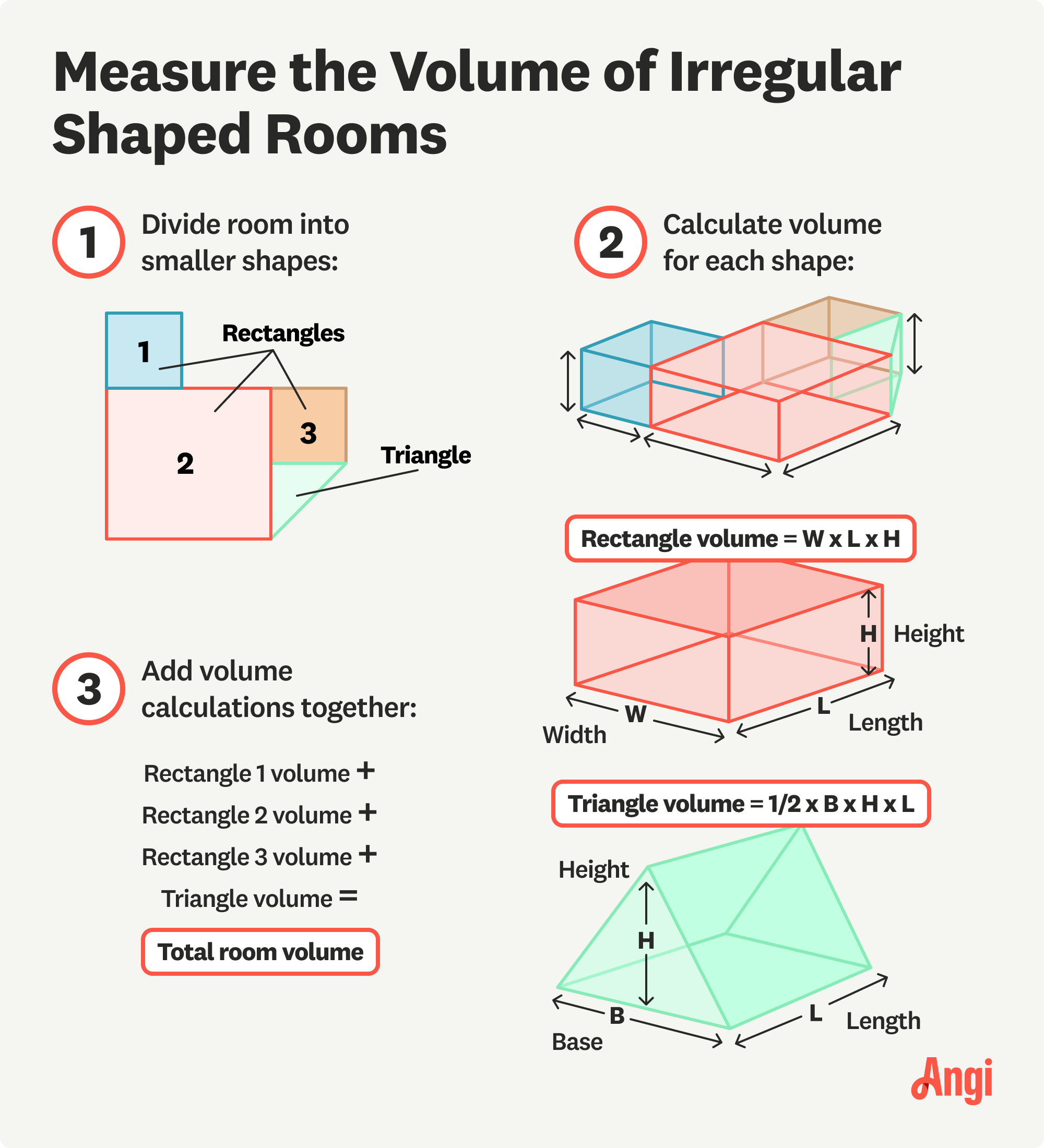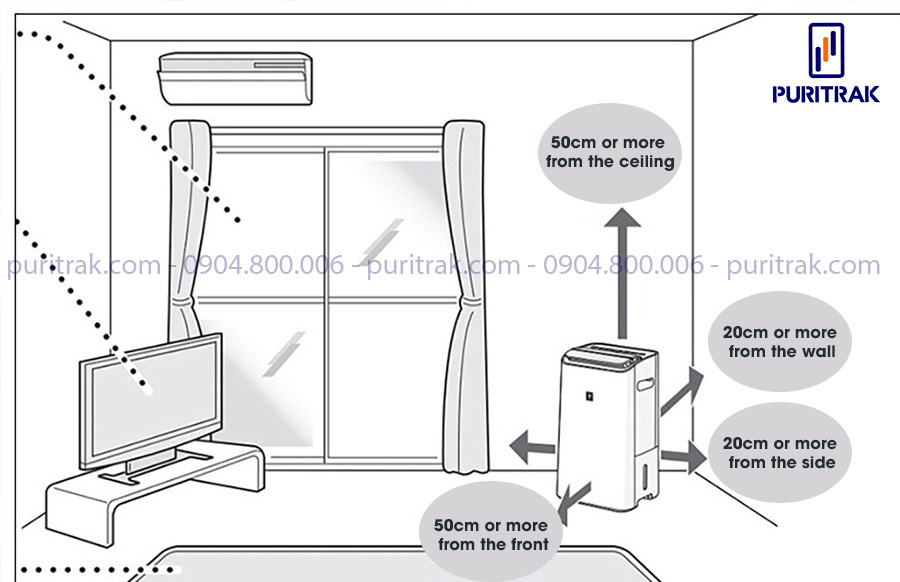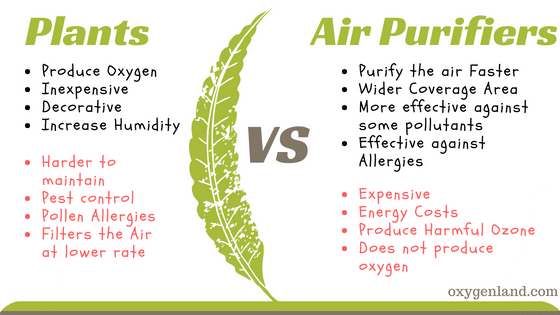Are you frustrated trying to figure out which air purifier is right for your space? It’s common to feel overwhelmed by the different models and specifications, especially when it comes to matching the purifier’s capacity to your room size. The good news is, there’s a simple calculation you can do to ensure you’re getting the clean air you deserve.
This comprehensive guide will walk you through everything you need to know to accurately calculate your room size, understand CADR ratings, and ultimately, choose the perfect air purifier for your needs. We’ll cover different room shapes, factors affecting purifier effectiveness, and even pro tips to maximize your air purification system.
Understanding Room Size & Air Purifier Capacity
Before diving into calculations, it’s crucial to understand how air purifiers are rated and how that relates to room size. Air purifier capacity is primarily determined by the CADR (Clean Air Delivery Rate).
What is CADR?
CADR measures how quickly an air purifier cleans a specific volume of air. It’s rated for three pollutants: dust, pollen, and smoke. Higher CADR numbers mean faster cleaning. CADR is expressed in cubic feet per minute (CFM).
The 2/3 Rule
A commonly used rule of thumb is the “2/3 rule.” This states that an air purifier should have a CADR rating of at least 2/3 of your room’s square footage. For example, a 300 sq ft room needs an air purifier with a CADR of at least 200.
Calculating Your Room Size

Accurate room size calculation is the foundation for selecting the right air purifier. Here’s how to do it for different room shapes:
1. Rectangular or Square Rooms
This is the simplest calculation.
- Formula: Length (feet) x Width (feet) = Square Footage
Example: A room 12 feet long and 10 feet wide is 12 x 10 = 120 square feet.
2. Circular Rooms
- Formula: π (Pi, approximately 3.14) x Radius (feet)² = Square Footage
- Radius: Half the diameter of the circle.
Example: A circular room with a diameter of 16 feet has a radius of 8 feet. The square footage is 3.14 x 8² = 200.96 square feet.
3. Irregularly Shaped Rooms
For rooms with odd angles or alcoves, break the room down into smaller, regular shapes (rectangles, squares, triangles). Calculate the square footage of each shape, then add them together.
- Triangle Formula: (Base x Height) / 2 = Square Footage
Example: A room is a rectangle (10ft x 8ft) with a triangular alcove (base 6ft, height 4ft).
* Rectangle: 10 x 8 = 80 sq ft
* Triangle: (6 x 4) / 2 = 12 sq ft
* Total: 80 + 12 = 92 sq ft
4. Rooms with Openings
If your room has large openings to other rooms (e.g., a doorway without a door, a large archway), consider adding the area of the connected space to your calculation. This is especially important for open-concept living areas.
Determining the Appropriate CADR

Once you’ve calculated your room’s square footage, you can determine the necessary CADR.
| Room Size (Sq Ft) | Recommended CADR (Minimum) |
|---|---|
| Under 100 | 50 |
| 100-150 | 100 |
| 150-200 | 150 |
| 200-300 | 200 |
| 300-400 | 250 |
| 400-500 | 300 |
| 500+ | 350+ |
Important Note: These are minimum recommendations. If you have severe allergies, asthma, or live in an area with high pollution, consider choosing a purifier with a higher CADR for faster and more effective air cleaning.
Factors Affecting Air Purifier Effectiveness

Several factors can influence how well an air purifier cleans your air:
- Ceiling Height: Higher ceilings mean a larger volume of air to clean. Consider the room’s cubic footage (Length x Width x Height) for a more accurate assessment.
- Airflow Obstructions: Furniture, walls, and other obstructions can impede airflow, reducing the purifier’s reach.
- Filter Type: HEPA filters are essential for removing particles, while activated carbon filters address odors and gases.
- Placement: Place the purifier in a central location with good airflow, away from walls and furniture.
- Usage Habits: How often you run the purifier and the fan speed setting impact its effectiveness.
Pro Tips for Maximum Air Purification
- Multiple Purifiers: For larger homes or open floor plans, consider using multiple purifiers instead of one large unit.
- Filter Maintenance: Regularly clean or replace filters according to the manufacturer’s instructions. Dirty filters reduce airflow and effectiveness.
- Seal Air Leaks: Caulk windows and doors to minimize outside air infiltration.
- Source Control: Reduce indoor pollutants at the source (e.g., use low-VOC paints, avoid smoking indoors).
- Fan Speed: Use higher fan speeds for faster cleaning, but be aware of the noise level.
Professional Help
If you’re still unsure about selecting the right air purifier, consider consulting with an HVAC professional or an indoor air quality specialist. They can assess your specific needs and recommend the best solution.
FAQ
Q: Can I use the 2/3 rule for all room sizes?
A: The 2/3 rule is a good starting point, but it’s best to use the CADR recommendations based on your specific room size for optimal performance.
Q: What does “ACH” mean?
A: ACH stands for “Air Changes per Hour.” It indicates how many times the air in a room is completely filtered in an hour. A higher ACH is desirable.
Q: Are air purifiers effective against viruses?
A: While air purifiers with HEPA filters can capture virus-laden particles, they don’t necessarily kill viruses. UV-C air purifiers can help disinfect the air, but their effectiveness varies.
Q: How often should I replace the HEPA filter?
A: Most HEPA filters need replacing every 6-12 months, depending on usage and air quality.
Alternative Solutions

If a traditional air purifier isn’t ideal for your space or budget, consider these alternatives:
| Solution | Pros | Cons | Best For |
|---|---|---|---|
| Air-Cleaning Plants | Natural, aesthetic | Limited cleaning power | Small spaces, supplemental cleaning |
| DIY Air Filter (Box Fan + Filter) | Affordable, easy to build | Less effective than HEPA purifier | Temporary solution, budget-conscious |
| Whole-House Air Purifier | Cleans entire home | Expensive, requires professional installation | Homes with severe air quality issues |
Enjoy Your Clean Air!
Now that you know how to calculate your room size and choose the right air purifier, you’re well on your way to breathing cleaner, healthier air. Remember to consider your specific needs, maintain your purifier properly, and enjoy the benefits of a fresher indoor environment.
Have you successfully chosen an air purifier for your home? Share your experience and any helpful tips in the comments below! Let’s help others breathe easier.





